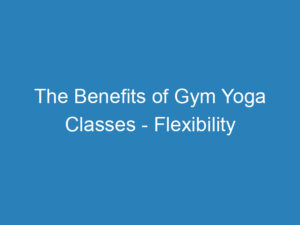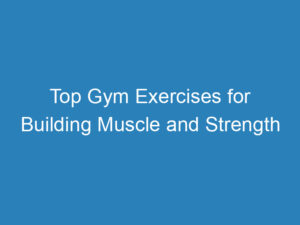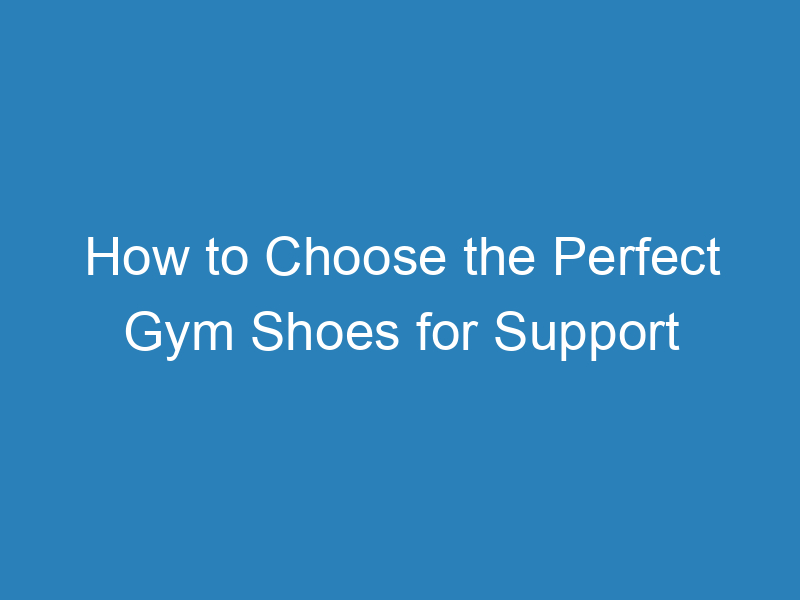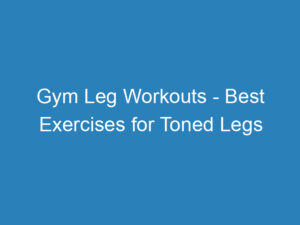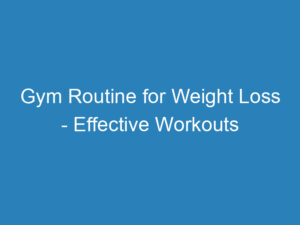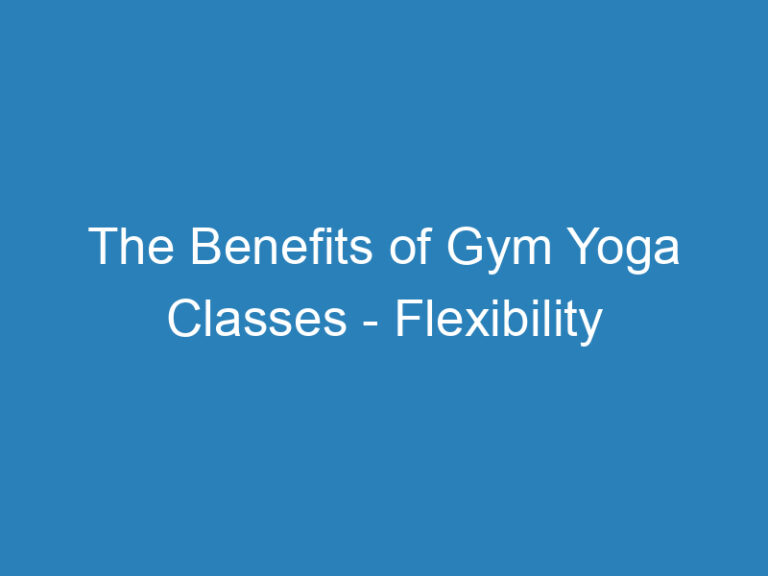Gym shoes are an essential part of any fitness routine, providing support and comfort for your feet during workouts. With so many options available, it can be overwhelming to choose the perfect pair that meets all your needs. Whether you are a beginner or a seasoned athlete, selecting the right gym shoes is crucial to prevent injuries and improve your performance. Here are some factors to consider when choosing the perfect gym shoes for support and comfort.
1. Determine Your Workout Needs
The first step in choosing the perfect gym shoes is to assess the specific needs of your workout routine. Are you a runner? Do you enjoy weightlifting or high-intensity interval training (HIIT)? Different exercises require different levels of support and cushioning. For runners, shoes with extra padding and shock absorption are essential to protect joints from impact. Weightlifters, on the other hand, require shoes with a flat and stable sole to provide a solid base for lifting heavy weights. Identify the primary activities you engage in at the gym and select shoes that cater to those needs.
2. Consider Foot Type and Pronation
Your unique foot type and pronation pattern should also guide your choice of gym shoes. People with high arches require shoes with extra cushioning to absorb shock, while those with flat feet need shoes with more stability and arch support. Understanding your foot type will help you find shoes that offer the right level of comfort and support. Additionally, determine your pronation pattern – the way your foot rolls inward during each step. Overpronators may benefit from shoes that provide motion control, while underpronators may require more cushioning.
3. Get a Proper Fit
When it comes to gym shoes, fit is everything. Ill-fitting shoes can lead to blisters, discomfort, and even injuries. To ensure a proper fit, consider the following tips:
- Measure your feet at the end of the day when they are at their largest.
- Try on gym shoes with the socks you typically wear during workouts.
- There should be a thumb’s width of space between your longest toe and the front of the shoe.
- Your heel should not slip when walking or running.
Take the time to try on different brands and styles, as shoe sizes may vary. Walk around the store, jump, and perform some exercises to ensure the shoes feel comfortable and supportive in all movements you typically perform during your workouts.
4. Assess the Shoe’s Cushioning
The level of cushioning in gym shoes can greatly impact your overall comfort. Whether you prefer a soft or firm cushioning is largely a matter of personal preference. Some shoes offer maximum cushioning for extra shock absorption, while others provide a more minimalist feel. Consider the activities you typically engage in at the gym and choose cushioning accordingly. Running shoes, for example, often have more cushioning than cross-training shoes, which require more stability. Take your comfort preferences and workout routine into account to find the right level of cushioning.
5. Check for Proper Heel and Ankle Support
Adequate heel and ankle support are crucial for stability and injury prevention. When trying on gym shoes, pay attention to the structure and padding around the heel and ankle areas. Shoes with a firm heel counter and proper ankle support can significantly reduce the risk of sprains and other injuries. Look for shoes that have a snug fit around these areas without causing discomfort or constriction. Your gym shoes should provide a secure and stable base for all your movements.
6. Test the Flexibility and Traction
Flexibility and traction are two important factors that contribute to the overall performance of your gym shoes. Bend the shoes to check their flexibility – they should offer enough give to accommodate the natural movement of your feet. Additionally, examine the outsole for adequate traction. Good traction is particularly important during exercises that involve quick lateral movements, such as CrossFit or dance workouts. A slip-resistant outsole will provide you with the necessary grip and prevent accidents on gym floors.
Choosing the perfect gym shoes for support and comfort is a personal process. It requires assessing your workout needs, considering your foot type, ensuring a proper fit, evaluating cushioning, checking for heel and ankle support, and testing flexibility and traction. Investing time and effort into finding the right pair of gym shoes will not only enhance your performance but also protect your feet from injuries. So, lace up and step into your fitness journey with confidence!




